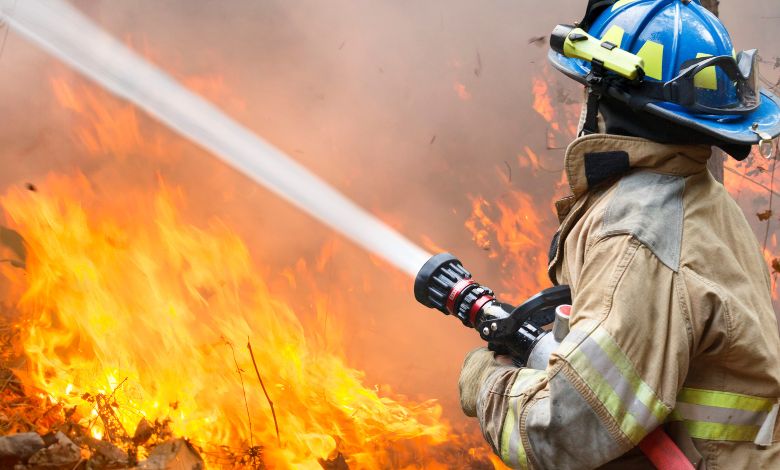
4 Methods Firefighters Use To Put Out Fires
Firefighters arrive at a blaze in full gear aboard fire engines and pumper trucks. Once they arrive, they mobilize, hooking up hoses to fire hydrants and getting ready to rescue victims. That’s just one way firefighters extinguish a blaze. Here are four methods firefighters use to put out fires. Keep them in mind in case you must inform firefighters about the type of fire they might encounter in your home or workplace.
Water, and Then Some
Naturally, we’ll begin with the most common element for fighting fires: Water. Water is the universal solvent and practically the best way to extinguish flames. Water is a great fire-fighting agent because it causes a chemical reaction when it encounters heat and flames. It cools things off, slowing the combustion process. As the water reacts with the heat, it becomes steam, which further chokes off the fire by making oxygen less available for combustion. Water is the go-to extinguisher for firefighters and civilians, but it’s not the only thing we can use to douse flames.
Foam Alone
Not all fires are the same. Water is usually enough to smother the heat and flames if wood or similar combustible materials are ablaze. However, water can exacerbate the chemical reaction of a chemical or oil fire. Water doesn’t mix with oil and other chemicals, so it can cause the flames to spread to other areas when it reaches the fiery liquid. Firefighters use foam, specifically aqueous film-forming foams, to put out chemical fires. The foam consists of chemicals that cut off the oxygen fueling the blaze.
Dry Firefighting
Dry chemicals are another substance to extinguish flames caused by flammable liquids that we can’t douse with water. They are common in fire extinguishers and consist of sodium bicarbonate (which you might know as baking soda), potassium bicarbonate, and monoammonium phosphate. They interrupt the combustion process by releasing carbon dioxide, which smothers the fire. Dry chemicals are also useful for electrical fires that firefighters can’t put out with water, lest they cause a greater electrocution hazard.
Space and Fire
The best way to fight a fire in the wild is by grabbing a shovel and digging. Wildland firefighters slow or stop forest and prairie fires by digging fire breaks—stretches of turned-over soil cleared of burnable plant matter. With nothing to burn, the fire can’t travel any further and eventually peters out.
The expression “fight fire with fire” shows its roots when wildland firefighters engage in controlled burns. Burning out sections of dry flora through carefully monitored burns prevents future fires while allowing the new, less burnable growth to emerge.
Those are just four methods firefighters use to put out fires. New techniques and methods are in development every day, but these techniques have repeatedly proven themselves. Remember them in case a fire breaks out in your home or workplace!




